ITIL® 4 vs ITIL® V3: What’s New?
 Axelos is releasing a new version of the Information Technology Infrastructure Library (ITIL®). ITIL® 4 vs ITIL® V3: What’s New? ITIL® is the world’s leading best practice framework for managing IT services.
Axelos is releasing a new version of the Information Technology Infrastructure Library (ITIL®). ITIL® 4 vs ITIL® V3: What’s New? ITIL® is the world’s leading best practice framework for managing IT services.
Compared to version 3, ITIL 4 will be more agile and modernized to provide organizations with comprehensive guidance for the management of information technology in the modern service economy. It will provide an end-to-end IT / Digital Operating Model, covering the full delivery of tech-enabled products and services, and guiding how IT interfaces with—and even leads—the wider business strategy.
ITIL V4 focuses more on the concepts of costs, outcomes, risks, and value. Building on a good selection of ideas championed by ITIL Practitioner, the bedrock principles of the new version are:
- Collaborate
- Work holistically
- Focus on value
- Design for experience
- Start where you are
- Progress iteratively
- Observe directly
- Be transparent
- Keep it simple
Bottom line, ITIL V4 is a refinement of ITIL V3, reflecting changes in the corporate culture where teamwork and intercommunication are given additional weight, integrating IT into the overall business structure.
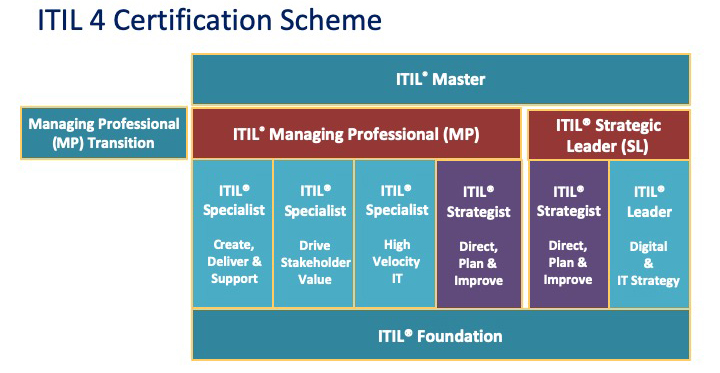
Here are some of the changes.
- The ITIL v3 processes are now ITIL 4 practices
- ITIL service lifecycle has been replaced with the ITIL service value system (SVS) and the service chain.
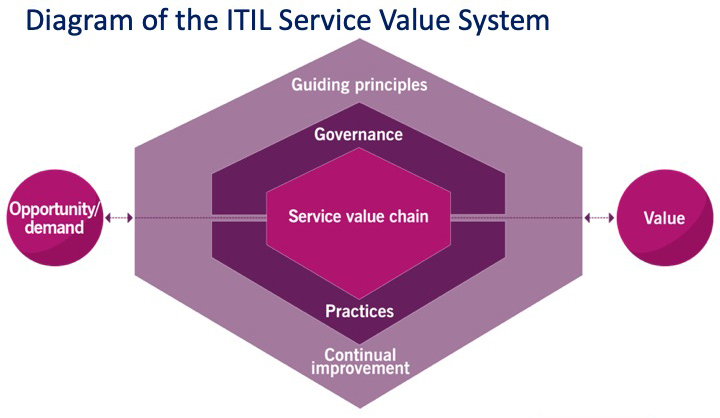
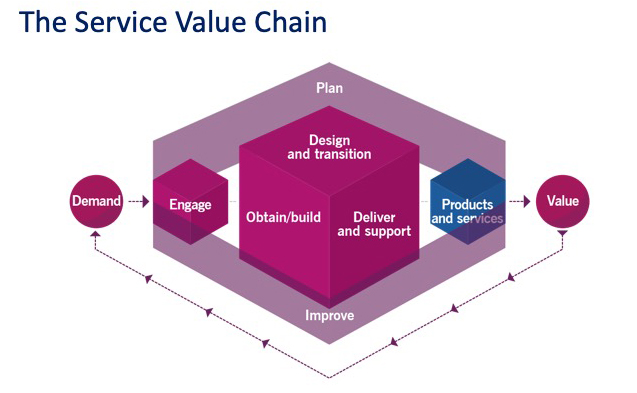
“The ITIL SVS represents how the various components and activities of the organization work together to facilitate value creation through IT-enabled services.”
ITIL 4 also introduces the concept of a value stream, which is a journey weaving through, and even doubling back, these activities. The service lifecycle – which was the core ITIL v3 areas (and publications) of service strategy, service design, service transition, and service operation along with continual service improvement (CSI) – can be now be represented with a value stream which would roughly be:
Engage – Plan – Design & Transition – Obtain/Build – Design & Transition – Deliver & Support – Improve
- There is now a focus on the “co-creation of value”
What was defined by ITIL v3 as:
“A means of delivering value to customers by facilitating outcomes customers want to achieve without the ownership of specific costs and risks.”
Is now defined by ITIL 4 as:
“A means of enabling value co-creation by facilitating outcomes that customers want to achieve, without the customer having to manage specific costs and risks.”
- The 9 guiding principles of ITIL Practitioner are now 7.
- Focus on value
- Start where you are
- Progress iteratively with feedback
- Collaborate and promote visibility
- Think and work holistically
- Keep it simple and practical
- Optimize and automate
- There are now 34 ITIL V4 Practices and the four “functions” split between general management, service management, and technical management practices.
General management practices
-
- Architecture management
- Continual improvement
- Information security management
- Knowledge management
- Measurement and reporting
- Organizational change management
- Portfolio management
- Project management
- Relationship management
- Risk management
- Service financial management
- Strategy management
- Supplier management
- Workforce and talent management
Service management practices
-
- Availability management
- Business analysis
- Capacity and performance management
- Change control
- Incident management
- IT asset management
- Monitoring and event management
- Problem management
- Release management
- Service catalog management
- Service configuration management
- Service continuity management
- Service design
- Service desk
- Service level management
- Service request management
- Service validation and testing
Technical management practices
-
- Deployment management
- Infrastructure and platform management
- Software development and management
- The 4 Ps of service management is now the 4 dimensions of service management
- Organizations and people
- Information and technology
- Partners and suppliers
- Value streams and processes
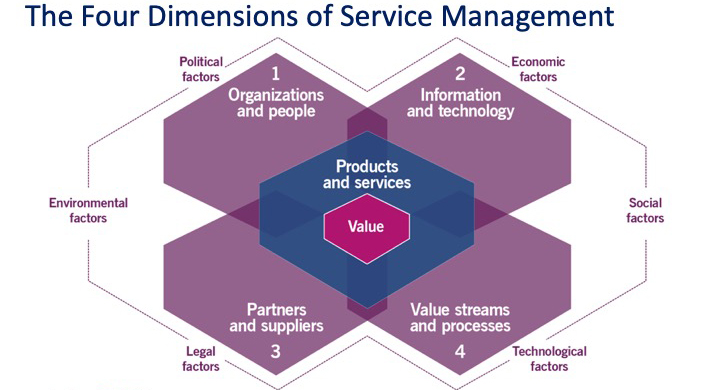
- The CSI model has added an extra “Take action” step/box. It is now called “continual improvement”.
- Governance in the ITIL 4 SVS and a full chapter (4.4) on it in the Foundation book
- There is a new “optimize and automate” guiding principle
Based upon AXELOS ITIL® material. Material is reproduced under license from AXELOS Limited. All rights reserved.














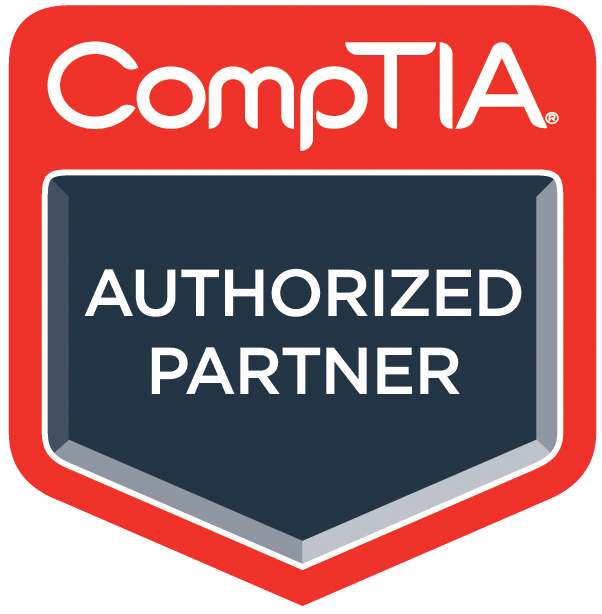








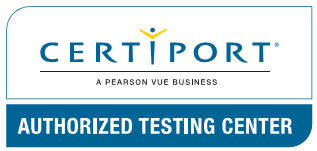



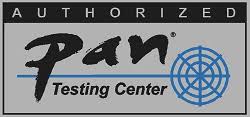
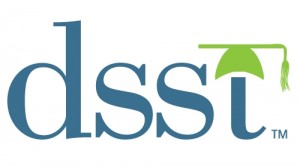
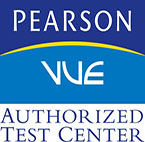
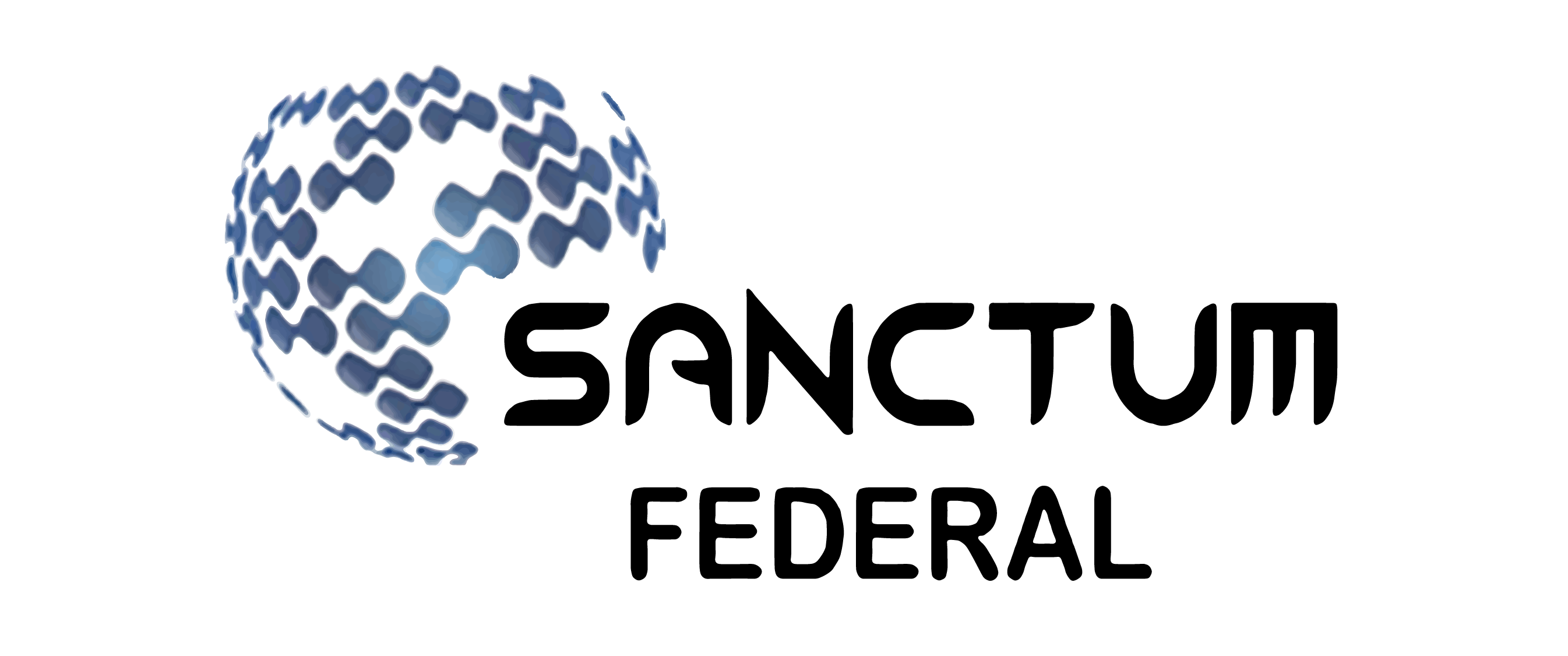

Leave a Reply
You must be logged in to post a comment.